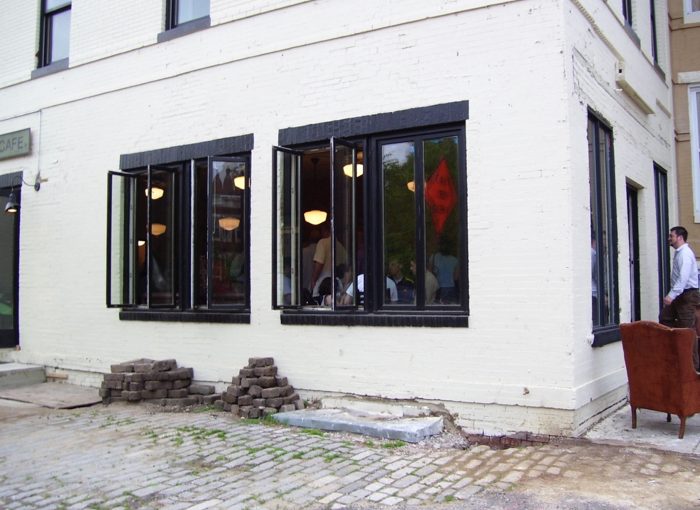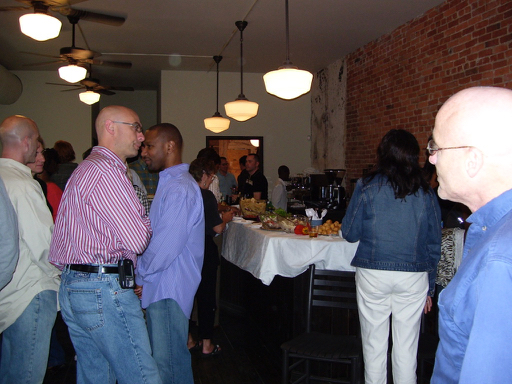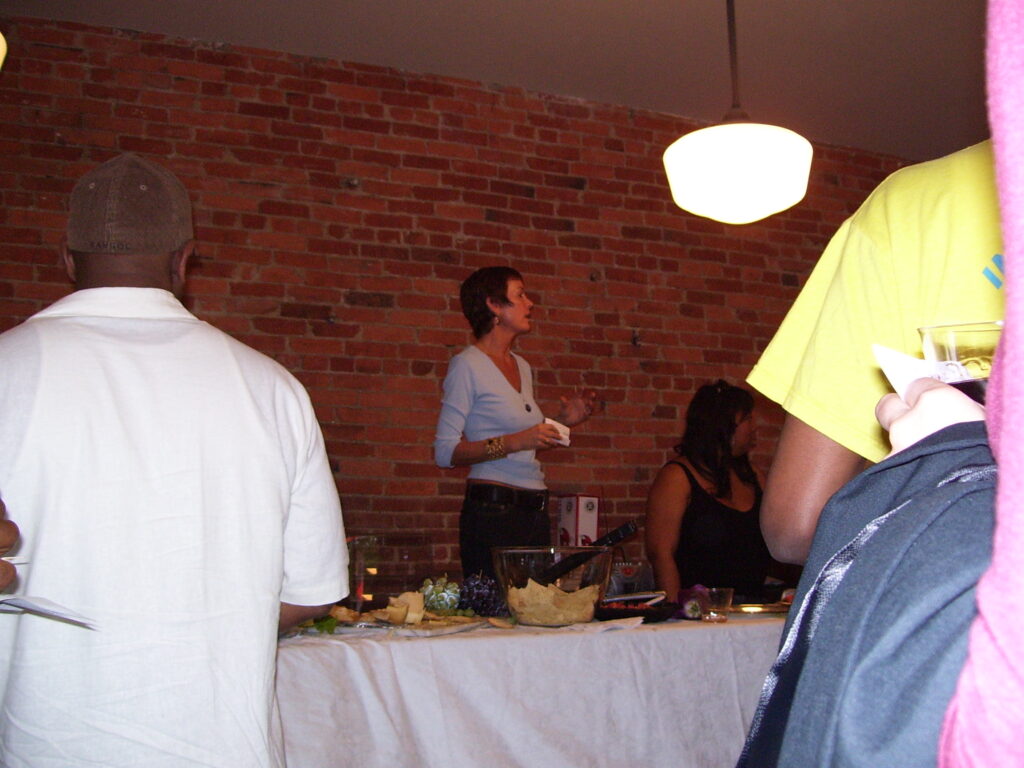You can find more information on CGA and its “Call Before you Dig” campaign here: http://www.call811.com/
What: Launch of 811. The 811 “Call Before You Dig” event on the National Mall will formally “launch” the 811 number, mandated by Congress and established by the FCC.
When: Tuesday, May 1, 2007
Where: The National Mall, 3rd Street, NW (between Madison and Jefferson Drives)
Time: 10:00 a.m.
As you may be aware, before beginning any digging project, local DIYers or professional landscapers are required to call Miss Utility to have a crew come out and mark their underground lines. Now, diggers can use a single three-digit number to reach Miss Utility and all other One Call Centers across the country—that number is 811.
Homeowners often make risky assumptions about whether or not they should get their utility lines marked, but every digging job requires a call—even small projects like planting trees and shrubs. Research shows that while 46% of Americans are active diggers who have done or plan to do a digging project at home, only 33% of DIY’ers plan on calling before they dig, which means they are taking a huge risk each time their shovel disturbs the dirt. And failure to call before digging results in more than one unintentional hit per minute, according to CGA research. Hitting an underground line can also lead to injury, penalties, repair costs and expensive and inconvenient service outages.
See PSAs:
60 second TV PSA: http://www.youtube.com/watch?v=jHAfC02NEC4
30 second TV PSA: http://www.youtube.com/watch?v=5G9rhpJLyPM



